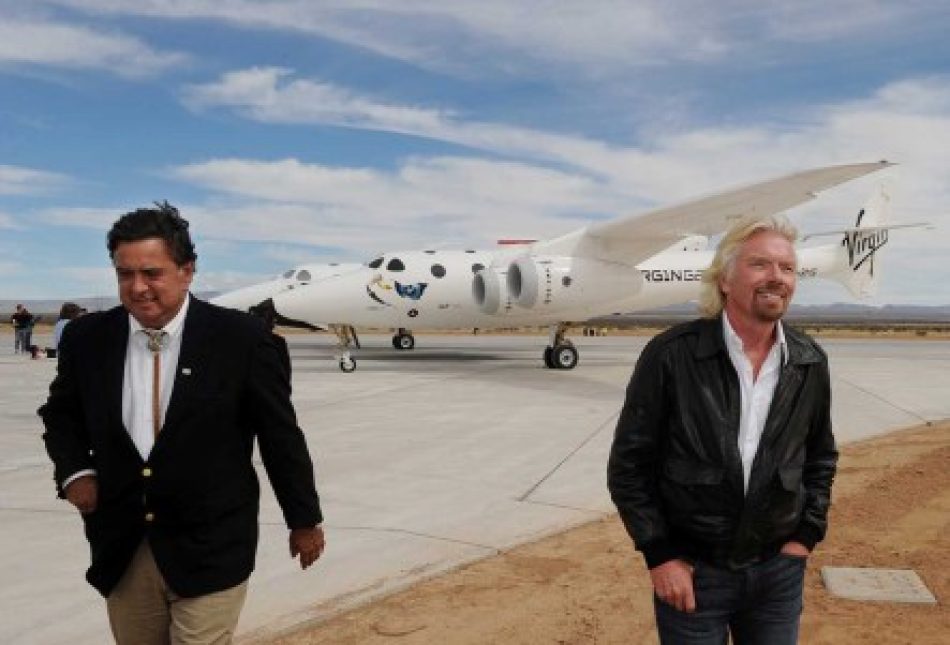New Rio Grande Foundation Analysis: Myth vs. Fact on New Mexico Spaceport Budget

(Albuquerque, NM) – Immediately prior to the 2020 New Mexico legislative session, the consulting firm Moss Adams released a study claiming that Spaceport America began producing net economic and fiscal benefits for New Mexico as early as 2013.
Danny Seymour, a policy analyst at the Rio Grande Foundation, (the Foundation is a long-time critic of the decision by then-Gov. Bill Richardson to spend hundreds of millions of taxpayer dollars in such a speculative venture) immediately went to work analyzing the study and its findings. But Seymour didn’t stop at merely deconstructing the Moss Adams report.
In his new brief, “Lost in (Sub-Orbital) Space: Financial Reality vs. and Fantasy at New Mexico’s Spaceport Authority” Seymour considers the overall financial impact of the facility as well as what it has spent and what it has brought into the State.
Seymour’s analysis, using publicly-available information in the Moss Adams report and other public documents, shows that the Spaceport America has now cost New Mexico taxpayers in excess of $275 million. This number contrasts with the project’s “original” cost of $225 million, but in the meantime there have been operational expenses as well as significant expansions and improvements made to the facility at taxpayer expense.
In his analysis Seymour contrasts the Moss Adams claims of “break-even” with a broad calculation of how much the facility has attracted to the State. Seymour finds that the facility has brought in just under $55 million to New Mexico that would have otherwise not been spent here. Even this number should not be used to calculate profit and loss as only direct lease payments could really be counted in a profit and loss statement for the Spaceport.
“Ultimately,” notes Seymour, “to be considered economically successful (let alone profitable), New Mexico’s Spaceport must become the home base for Virgin Galactic’s frequent manned commercial launches as the project was originally sold to the people of New Mexico.”
In conclusion noted Seymour, “Major government construction projects like the Spaceport often suffer from the “sunk cost” problem. It is easy to sell elected officials on the idea that the next dollar spent will make the project a success. In reality the Spaceport is a cautionary example of a State government spending taxpayer money on an extremely speculative project for which it had no expertise.”
